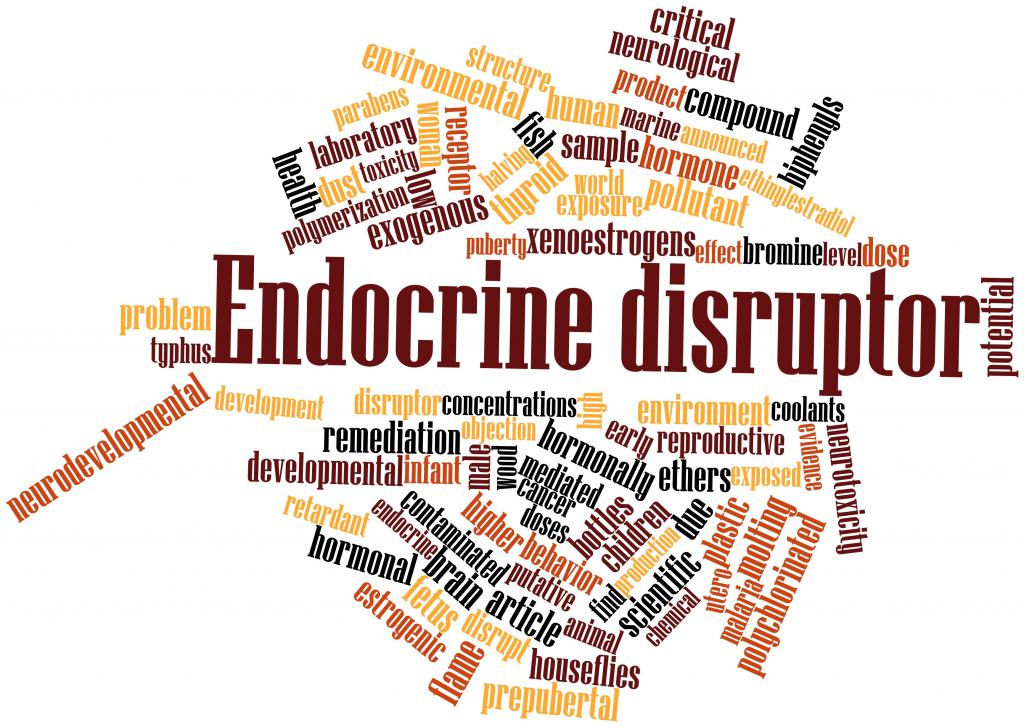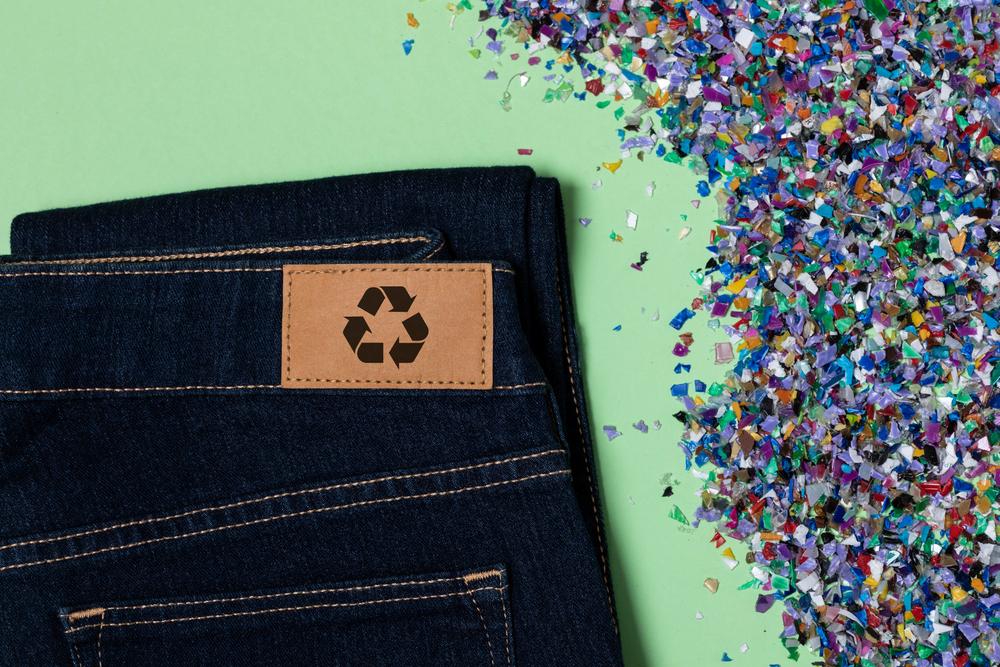Perhaps the most egregiously understated threat to widespread public health is that of Endocrine Disrupting Chemicals (EDCs) on the human hormone system. There’s no way to really measure how common these chemicals are because they’re essentially found in everything from baby products to the clothes on your back.
Experts suggest that if exposure to EDCs doesn’t slow in the coming years we could be headed towards an irreversible public health crisis.
HISTORY
People have only really started talking about EDCs in recent years but their effects were first observed as early as the 1920’s when pig farmers noticed rampant infertility in their livestock.
Then the chemicals surged into human products during the 1950’s with the explosion in use of plastic products, which are the chief messenger of EDCs.
Since then, exposure to EDCs has rapidly grown as the consumer goods industry has sought out cheaper and cheaper ways to manufacture their products.
WHAT DO THEY DO?
The Endocrine System is an extensive web of glands and organs in the human body responsible for the production, storage, and management of hormones. Essential functions of the endocrine system control mood, metabolism, and most importantly, reproduction.
So EDCs are basically chemicals that interfere with these processes by either tricking the body into believing they are hormones or literally preventing actual hormones from doing their jobs.
According to The Hormone Health Network, EDCs can negatively impact an array of important functions within the human body. Studies have shown deterred responses to psychological stress, higher chances of obesity or type two diabetes, links to problems with growth and development, promotion of cancer, and problems with reproduction.
Dr. Shanna Swan, an environmental epidemiologist, noted that EDCs are responsible for a drastic drop in sperm count in men as well as problems with infertility and low testosterone.
The scary thing about these problems, Dr. Swan adds, is that they are intergenerational, meaning that a mother or a father with high exposure to EDCs will pass the same effects along to their children, and so on.
WHERE ARE THEY FOUND?
The ubiquity of EDCs is troubling. They are literally all around us and, for the time being, unavoidable.
The Endocrine Society estimates that there are nearly 85,000 man-made chemicals in the world, most of which humans are exposed to on a daily basis. Yet of those 85,000, only about 1 percent have been tested for safety, meaning that we don’t really know every source of EDCs that’s out there.
What we do know is that there are at least 1,000 different kinds of EDCs that are found in pesticides, children’s products, plastics, food storage materials, sunscreen, medical tubing, electronics, soaps, and clothing. What’s more is that because of the transferable nature of EDCs, the spread of these chemicals is exponential.
IN OUR CLOTHES
One of the most common places to find EDCs is in the very clothing we wear. That means that we carry these toxic chemicals around, in constant, direct contact with our skin, throughout the day.
Brominated flame retardants (BFRs) are a type of EDC used in fabric that have been known to disrupt the thyroid gland, which plays an essential part in early child development.
The notorious polychlorinated biphenyls (PCBs) are EDCs that were widely used in clothing for their flame retardant properties before being banned in 1979. PCBs have among the strongest links to neurological disorders.
The most recent discovery concerning EDCs in clothing has to do with the current trend of using recycled water bottles to make fabric. While the idea seems heroic, it actually has a hidden risk as water bottles are one of the most known carriers of a dangerous class of EDCs known as bisphenol A (BPA).
The Endocrine Society states that BPAs are strongly linked to breast cancer, reduced egg quality, and other issues with fertility. While they have been banned from use in American made water bottles, they are still used in water bottles in places like China, where most of the world's polyester is made.
WHAT CAN YOU DO?
The current situation concerning EDCs certainly looks grim at a glance yet it is far from hopeless. There are a number of steps you can take to counteract the use of these harmful chemicals in our clothing.
Go Natural - While buying natural, organic clothing isn’t a surefire way to avoid EDCs, it is most definitely a great place to start. The production of synthetic fabrics is the cheapest way to make clothing yet it is incredibly toxic for both humans and the earth. Thankfully, there are a number of clothing companies springing up today who have turned their focus to sustainable, natural methods of clothing production.
Opok, for instance, is GOTS certified, meaning that the materials used in the products have the highest certification in organics. Seeking out and supporting similar brands is a great way to further the EDC-free clothing movement.
Speak Up - If we are going to put a stop to the toxic practices of the clothing industry it is paramount to use our voices to get their attention. Urge your favorite brands to be more transparent about what chemicals that go into their products and encourage them to adopt chemical-reduction strategies.
Educate yourself, your friends, and your family on the harmful effects of EDCs found in clothing - the more we know, the better equipped we are to start making a change.
Author:Pat Tabari
Sources:
- https://www.sciencedirect.com/science/article/pii/S245196501830067X
- https://ecocult.com/is-clothing-made-from-recycled-polyester-and-bottles-toxic/
- https://www.hormone.org/your-health-and-hormones/endocrine-disrupting-chemicals-edcs
- https://www.endocrine.org/topics/edc/what-edcs-are/common-edcs
- https://www.ncbi.nlm.nih.gov/pmc/articles/PMC2726844/




Leave a comment
This site is protected by hCaptcha and the hCaptcha Privacy Policy and Terms of Service apply.